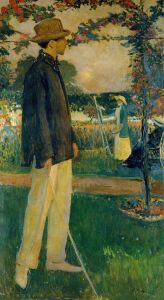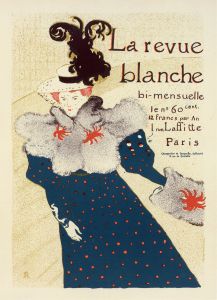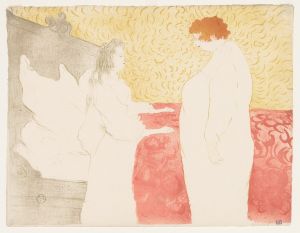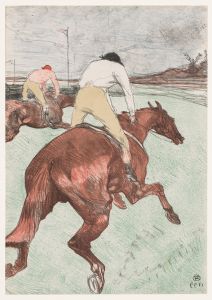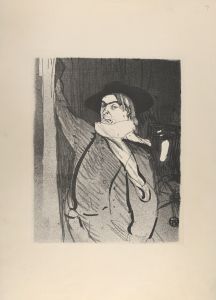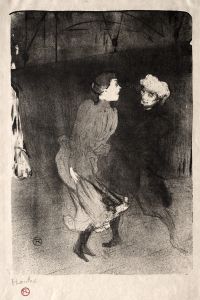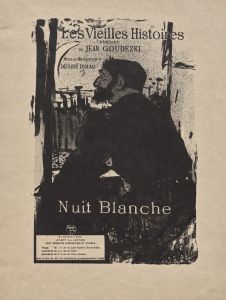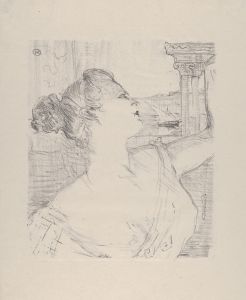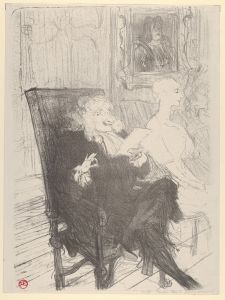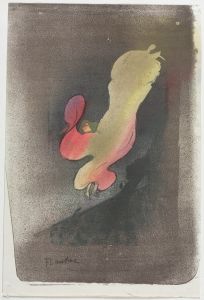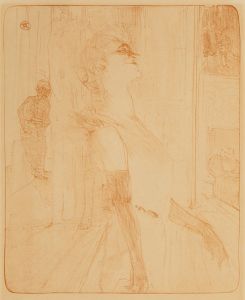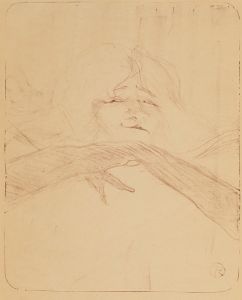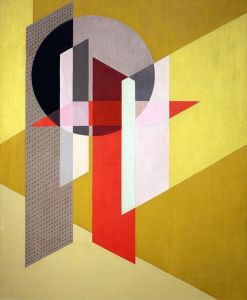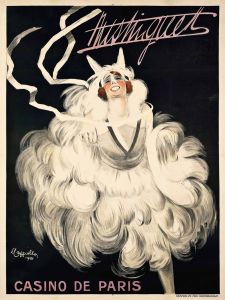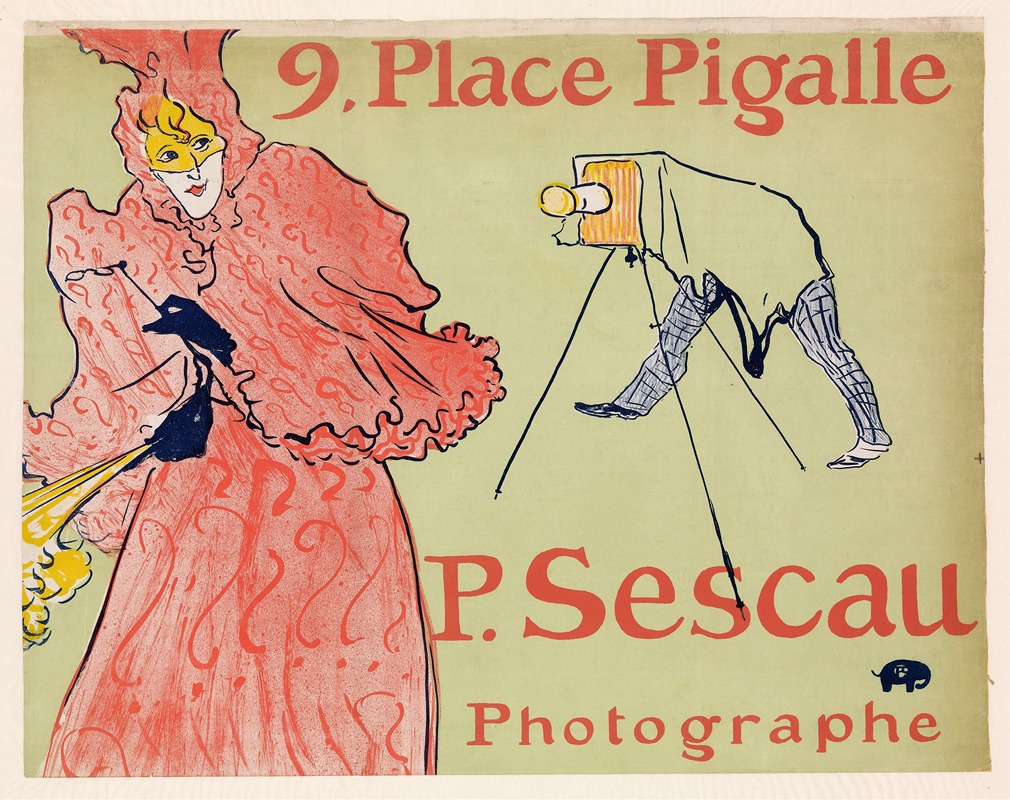
The Photographer Sescau
A hand-painted replica of Henri de Toulouse-Lautrec’s masterpiece The Photographer Sescau, meticulously crafted by professional artists to capture the true essence of the original. Each piece is created with museum-quality canvas and rare mineral pigments, carefully painted by experienced artists with delicate brushstrokes and rich, layered colors to perfectly recreate the texture of the original artwork. Unlike machine-printed reproductions, this hand-painted version brings the painting to life, infused with the artist’s emotions and skill in every stroke. Whether for personal collection or home decoration, it instantly elevates the artistic atmosphere of any space.
Henri de Toulouse-Lautrec, a prominent French painter, printmaker, and illustrator, is renowned for his depictions of the vibrant and often bohemian life of Paris in the late 19th century. One of his lesser-known works, "The Photographer Sescau," captures the essence of his unique style and the cultural milieu of his time. This painting is a portrait of Paul Sescau, a photographer and a friend of Toulouse-Lautrec. Sescau was known for his work in the burgeoning field of photography, which was gaining popularity as both an art form and a means of documentation during this period.
Toulouse-Lautrec's portrayal of Sescau is characteristic of his approach to portraiture, which often emphasized the personality and the environment of the subject rather than adhering strictly to realism. In "The Photographer Sescau," Lautrec employs his distinctive use of color and line to convey the character and profession of Sescau. The painting is noted for its dynamic composition and the way it captures the essence of the sitter's profession, reflecting Lautrec's interest in the interplay between different forms of artistic expression.
The relationship between Toulouse-Lautrec and Sescau was one of mutual respect and artistic collaboration. Sescau, as a photographer, was part of the avant-garde circles in Paris, which included painters, writers, and other creatives who were pushing the boundaries of traditional art forms. This environment was fertile ground for Toulouse-Lautrec's own artistic development, and his interactions with individuals like Sescau provided inspiration for many of his works.
Toulouse-Lautrec's work often depicted the nightlife and entertainment venues of Paris, such as the Moulin Rouge and other cabarets, where he found a wealth of subjects and scenes to capture. His paintings and posters are celebrated for their lively depictions of dancers, singers, and patrons, rendered with a keen eye for detail and a flair for capturing movement and emotion. While "The Photographer Sescau" does not belong to this category of works, it shares the same attention to the character and the context of the subject.
The painting is an example of Toulouse-Lautrec's ability to blend the personal with the professional, offering a glimpse into the life of a contemporary artist through the eyes of another. It highlights the interconnectedness of different art forms during this period and the way in which artists like Toulouse-Lautrec and Sescau influenced each other's work.
Today, Toulouse-Lautrec's works are celebrated for their innovative style and their contribution to the development of modern art. "The Photographer Sescau" stands as a testament to his skill as a portraitist and his ability to capture the spirit of his time. The painting remains a valuable piece for understanding the relationships and cultural exchanges that defined the artistic landscape of late 19th-century Paris.





